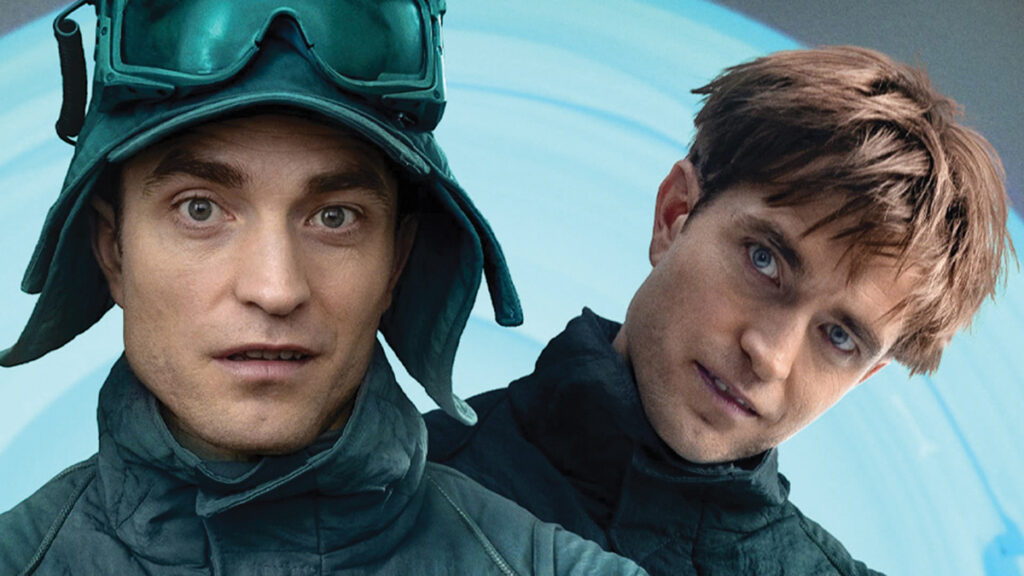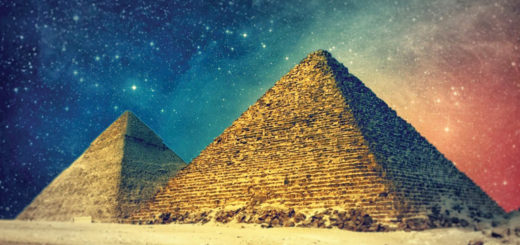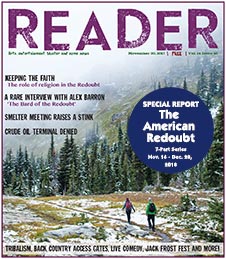Mickey 17 is another stellar satire from Bong Joon-ho, despite what some critics say
By Zach Hagadone
Reader Staff
Apparent simplicity belies deep meaning in the best stories, and the 2025 film Mickey 17, from writer-director Bong Joon-ho, is a puckish masterclass in the art of dramedy-sci fi-satire.
Its premise is as seemingly basic as it is irresistible: What kind of life would a person live if they could die and be immediately 3-D printed back into existence, complete with all the memories of all those times they lived and died?
When the essential scarcity of mortality is removed from the existential equation, would a person become an immortal god? Or would the visceral experience of interminable deaths haunt them? Would they value life and achieve some sort of satori, or would it become a cycle of traumatic burdens devoid of meaning?
Death and resurrection is, quite likely, the oldest of narrative tropes, but in the hands of South Korean auteur Bong’s hands, it’s a launchpad for exploring the contours of religio-political authoritarianism, pro- and anti-colonial aspiration, and the challenge of being human.
Based on the 2022 novel Mickey 7, by Edward Ashton, who published the sequel Antimatter Blues in 2023, the story follows Mickey Barnes — a loser who’s in over his head with a loan shark after being gulled into the wisdom of starting an ill-fated business with a frenemy.
With the terms of the loan involving payment or grisly death — and unable to foot the bill — Barnes and his erstwhile partner opt to join a colonial expedition to the icy world of Niflheim.
This all happens about 30 years from the present day, but it’s a near future in which technology has experienced advances as extreme as socio-political and environmental conditions have deteriorated.
While interstellar travel and human 3-D printing are possible, the outside world is apparently ravaged by environmental chaos and politics are dominated by a bloviator who has traded electoral failure for shyster messianism. (The colony leader Kenneth Marshall, who Mark Ruffalo portrays by combining all the worst qualities of the Kennedys with Donald Trump, who has nothing but bad qualities.)
Driven to escape and lacking any connections to Earth-bound life, Barnes signs the immigration papers without caring to read them. He volunteers as an “expendable,” not knowing that it means he’ll be the sole member of the party to be reprinted when he dies.
In a lot of stories, that might be a boon. In Mickey 17, it means his glut of lifetimes make his life forfeit and to be used for whatever purposes the powers that be deem expedient.
Mickey is the one who gets sent on the most dangerous missions. Need to see how deep space radiation affects the human body? Send Mickey. Is there a terrible virus on Niflheim? Let Mickey contract it. Need a test subject for a vaccine? Mickey’s your man.
By the time we meet Mickey, he’s died 16 times in about four years, and this iteration is a shambolic, though good-hearted wreck.
Played with weary, hangdog lovability by Robert Pattison, Mickey No. 17 has shuffled with a shrug through his numerous iterations — some lasting longer than others, but still managing to sustain a relationship with security officer Nasha Barridge (Naomi Ackie). Nasha is light-years out of Mickey’s league and he knows it, but for whatever reason she is as devoted to transcending the “’til death do us part” vow of love as she is to getting it on with him. Even Mickey wonders aloud why that is, and it’s never explained, which makes it all the better.
The film opens with Mickey stuck in an icy crevasse and wondering via narrative monologue why he hasn’t died on this particular mission (as he has with all the others). The situation becomes even more dire when a group of indigenous creatures appear, apparently poised to devour him.
It’s called Mickey 17, so it’s no spoiler to say that he didn’t get eaten, but that doesn’t mean there isn’t a Mickey No. 18 — and there is, printed in the lab after the colony scientists assumed the previous version had perished.
When No. 17 comes home and finds No. 18 inhabiting his bunk with Nasha, the premise gets more and more fraught. Is it a love triangle when two parties are genetically (though not temperamentally) the same? This is another of those irresistible questions.
Meanwhile, Mickey No. 17 has critical insights into the nature of the “creepers” that throw the beleaguered colony into a tizzy, and all hell breaks loose with mounting gallows-humor absurdity.
Special mention must go to Toni Collette as Yifa, the wife of Ruffalo’s character and the “first lady” of Niflheim, stage managing her husband’s every move and whose unhinged entitlement makes her the most sinister player in the plot.
Another special mention — and perhaps the most special mention — has to be given to Jung Jaeil’s score, which is by turns waltz-y, carnivalesque and affecting, with hints of everything from Danny Elfman and Mark Mothersbaugh to the likes of Mozart, whose “Requiem” seems likely to have influenced the Mickey 17 leitmotif (along with a hint of Schubert’s “Erlkönig,” the soundtrack stylings of Miyazaki’s filmography and, just for the hell of it, Liszt’s “Liebestraum No. 3” and Chopin’s “Prelude Op. 28 No. 15,” the “Raindrop Prelude”).
Critics and audiences alike were lukewarm on Mickey 17 — with many complaining that it lacked subtlety in its various satirical themes — but Bong’s other celebrated films, such as Best Picture winner Parasite, Okja, Snowpiercer and The Host were equally wry and blatant in their messages. Mickey 17 deserves to be listed among his honor roll, and should be on your list of what to stream next. Find it for rent on Amazon Prime.











 Coming up this week! Don’t miss Live Music, the Summer Sampler, the Art Party, Monarch Grind, the Sandpoint Renaissance Faire, and more! See the full list of events in the
Coming up this week! Don’t miss Live Music, the Summer Sampler, the Art Party, Monarch Grind, the Sandpoint Renaissance Faire, and more! See the full list of events in the 